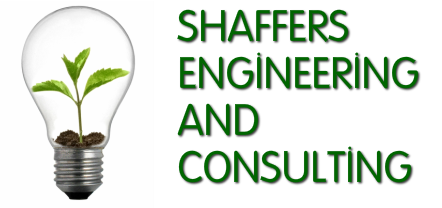WASTEWATER SYSTEM OPTIMIZATION SERVICES
Sometimes the life of a water system's treatment components can be extended or new connections can be added without upgrading the system by just optimizing what is already there. This does not include repair existing equipment or financing an upgrade, but taking your existing treatment systems, and with a new set of eyes, review the existing processes and finding ways to improve their performance. For example, the sedimentation process is suppose to treat the water to no more than 2.0 NTU under all conditions in a conventional filtration plant. If your sedimentation basin does not do this, then this can limit water production rates, can limit the life of the filters, and can limit the run time of your filters. The sedimentation process can be improved by adjusting the chemical feed system, the coagulation process, and/or the flocculation process. It could also be improved by changing the chemicals used. All of these options do not require the injection of additional funds.
Shaffers Engineering can assist wastewater systems with optimization in the following ways:
- Shaffers Engineering and Consulting will come to your drinking water system and perform the optimization procedure with the assistance of your operator(s). We will then summarize the results to present to the system (administration and the public). Finally, the results will be included in a report that will be given to the system.
- Shaffers Engineering and Consulting will oversee and assist a team of operators from your system and/or other systems to perform the optimization process of yours, or sister plants. The team will summarize the data collected and they will present the findings to the system. They will then develop a report for the system inspected. This process trains the operators in looking at ways to optimize their system, as well as to earn 1.4 CEU's, or two year's worth of CEUs.
